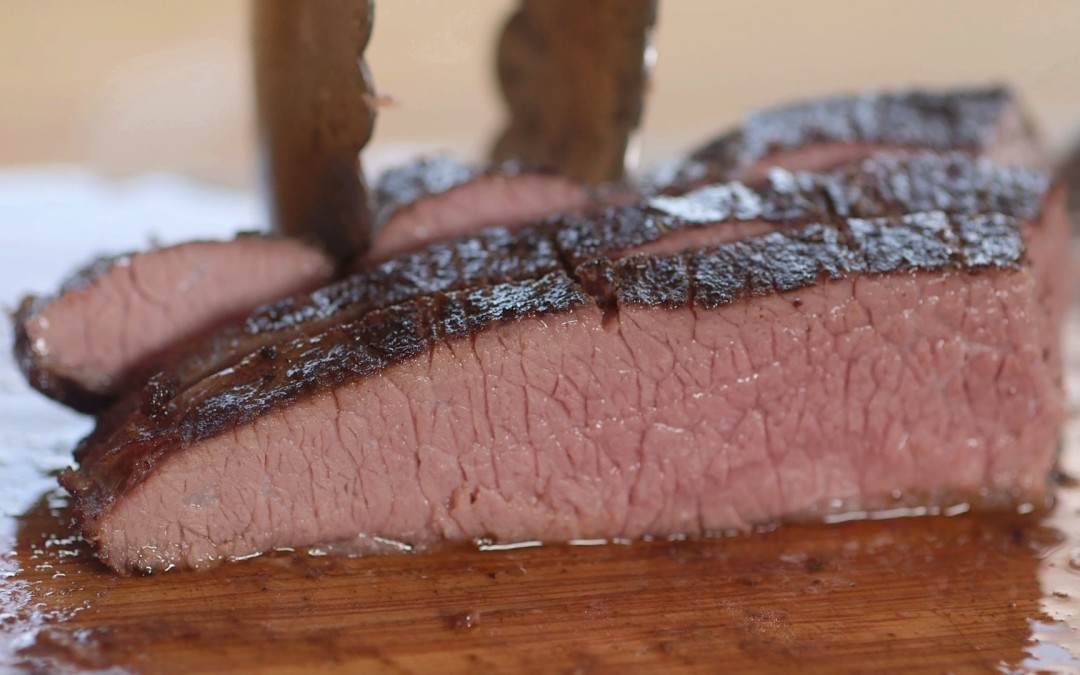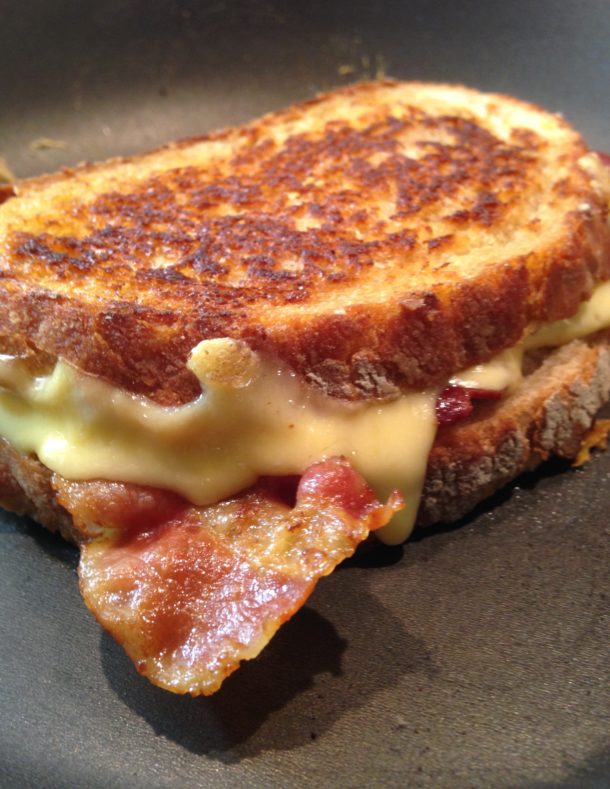Sous vide cooking has experienced a sort of renaissance as of late with the invention of personalized sous vide machines that make the decades old process of precision cooking much more doable for the common cook. Sous vide cooking wasn’t used in a restaurant setting until 1974, when French chef George Pralus used it for foie gras at Restaurant Troigras.
What is Sous Vide Cooking?
Sous vide is a French term that literally translates to “under vacuum”. Food is enclosed in vacuum sealed, air-tight plastic bags and submerged into water that slowly heats up to a pre-determined temperature. Many times, sous vide cooks food over a much longer period of time than traditional methods – sometimes up to 96 hours. This method ensures that food is cooked evenly over time, and helps avoid overcooking the outer layers of meat, while making sure the interior is cooked.
Sous vide cooking has a few major benefits over traditional cooking methods, and because of the simplicity and ease-of-use, has gained in popularity in both home and commercial kitchens.
Why is Sous Vide Cooking Better Than Traditional Methods?
Consistent Results: Because you’re cooking in a machine that increases temperatures in one degree increments, the cooking temperature is very precise. This results in an end food product that’s cooked to the same specifications every single time. This also means that food is easy to replicate – especially for less experienced cooks in the kitchen.
Retains Nutrients Better: Cooking in high heat in a skillet or steaming food (like vegetables) makes them lose water-soluble vitamins and antioxidants. One of the advantages of sous vide cooking is that those nutrients are retained in the food, making them more nutrient-dense and healthy when we eat them.
More Intense Flavor: The same way that nutrients are locked in to the food, flavors also stay in-tact when food is being cooked in the sous vide method. Because food is vacuum sealed, there’s nowhere for the flavors to go. Generally, they cook out in the juices, but because the vacuum seal keeps everything in one place, food cooks in its own juices making the flavors much more powerful (and delicious!).
It’s Time Saving: Timing is an important element in cooking,and every good chef knows that saving time in the kitchen can be a godsend when you’re sauteing vegetables, making a sauce, and cooking rice all at the same time. Because food is vacuum sealed and cooked through heating water until food reaches a pre-specified temperature, you only need to worry about the prep (seasoning the food and putting it into the vacuum sealed package) before putting it into the water or sous vide machine and letting it cook until it reaches its perfect temperature.
What Is Sous Vide – Food Safety and Precautions
While there are a lot of benefits in terms of food quality and the ease of cooking when it comes to sous vide, there are some serious precautions that need to be taken in order to make sure that food is cooked properly and thoroughly. Because most food safety hinges on the amount of time a food is cooked, along with the temperature that it’s cooked at, sous vide cooking can be problematic if you aren’t aware of what temperature your food needs to reach in order to be fully cooked. Sous Vide Supreme has a really helpful guide to ideal cooking temperatures for a range of foods here.
Additionally, the length of time it takes to fully cook food can also be an issue, as food that’s cooked slowly over a long period of time at lower heat can allow bacteria to multiply. There’s a dangerous range of temperatures for food to stay at (between 40 degrees F and 140 degrees F) where conditions are ideal for bacteria to increase.
To ensure that you’re taking every precaution necessary, make sure you do the following:
- Always make sure that you’re using proper food safety and hygiene when prepping food. Because food is vacuum sealed for sous vide cooking, not be careful beforehand can cause bacteria to grow, such as clostridium botulinim which can survive in an oxygen-less environment.
- After sous vide cooking is finished, it should be removed from its packaging and served immediately or immediately chilled.
Before cooking anything in the sous vide manner, you should read up on and educate yourself on how to safely prep and cook food with a sous vide machine to be safe.
Do you have a sous vide machine? Have you ever used the sous vide method? What did you love or hate about it? Let us know in the comments!





